10 Feb 5,000 Year Old Ancient Airplane?
One of my favorite websites for research is cdli.ucla.edu. It contains thousands of Cuneiform Tablets from museums around the world. While I was browsing the collection from the Vorderasiatisches Museum (VAM) in Berlin, I noticed this rather peculiar carving on a tablet. It was dated Late Uruk IV (ca. 3350-3200 BC). My immediate thought when I saw it was, “Da plane! Da plane!” It looks exactly like a modern day jet, except without a tail fin.
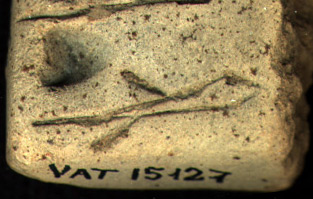
The first argument that can be made against my initial assessment of the carving, is that it is a rendering of fish or a bird. I checked this by searching through all the tablets pertaining to that specific location and time period (and trust me there are many) to compare and contrast it with the depictions of other animals, specifically fish and birds. One thing I discovered is that a representation of a specific animal/object stayed consistent throughout the tablets. For example, fish never took on varying forms or shapes, but stayed relatively the same throughout.
You must understand, back then, these images acted much like our words do today, and were used as a form of documentation. You will even see this particular tablet is classified as an “administrative” tablet. Therefore, just like our alphabet stays the same, so did their depictions of animals and other objects. These tablets were not meant as some form of artwork, but strictly for record keeping or archive purposes.
So that said, I found several depictions of fish and birds, which you can see below. Please feel free to browse the tablets yourself by clicking this link to see if you can find any other variations that I missed. But after extensive research, I determined they always appeared the same in every instance, and are clearly fish and birds, not aerodynamic aircraft.
The tablet in question is P000829 and you can find it here.
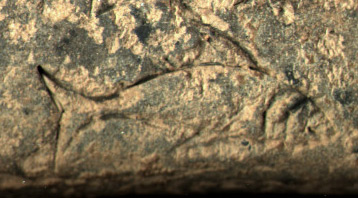
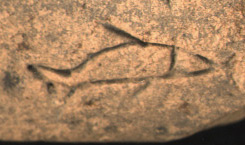

As for the bird, this was the best one that was available due to the condition of the tablets, so I included their official line drawing (no it is not one of my doodles) so you could see it a little more clearly.
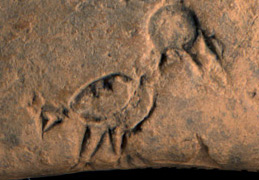
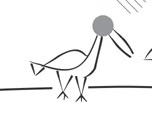
Here are other animals that can be found, just so you can see the accuracy in which items of this nature were depicted. Although, the cow does remind me of a Disney cartoon character.
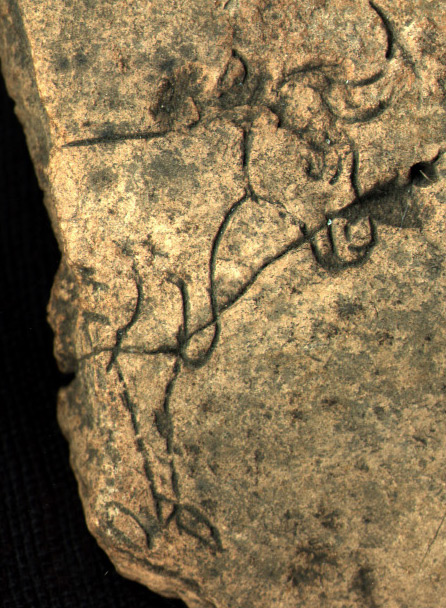
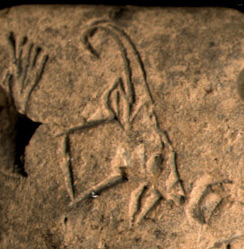
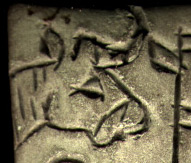
The name given to the “aircraft” on the tablet in question by the Museum was the Sumerian “MU” (Akkadian “shamu”). Scholars translate this word as “raise” or “heaven”. But Zecharia Sitchin, the granddaddy of the Ancient Astronaut theory, had another idea all together. He translated this word to mean a rocket ship or aircraft of some kind. Now, I won’t get into his reasoning here, that is a whole different topic, but I encourage you to read about it in his book, The 12th Planet. The discussion can be found in Chapter 5: “The Nefilim: People of the Fiery Rockets”, and he gives some good arguments, complete with resources and convincing examples. I have a few issues with what he claims, but either way, associating such a depiction with what scholars translate as “raise” or “heaven” is quite interesting. Could it have been a craft that went into the “heavens” (sky) that this ancient culture was depicting?
In summary…
- The pictograms that represented a specific animal or object remained consistent throughout the tablets, much like the letters in our alphabet. There was nothing on the tablets to suggest they were anything but documentation, and a uniform writing system. The museum clearly felt the same way, as they classified it as an “administrative” tablet.
- The translation of the pictogram meaning MU, as given by the museum, represents that it is a documented symbol or pictogram that has been found in other ancient tablets, which is why it was given that specific name. This is not the first and only time MU has been used in ancient Cuneiform. I am on a quest to find other visual samples so we can compare and contrast.
- The term MU was not identified with other depictions of fish or birds.
So unless it is a new species of a pointy-finned cyclops birds that became extinct, we may just be looking at a craft of some kind.
I am completely open for discussion on this one. Please let me know if you have any other theories as to what it might be.
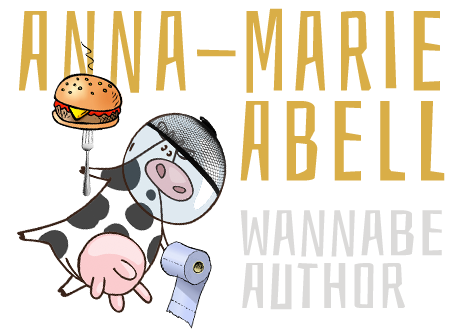
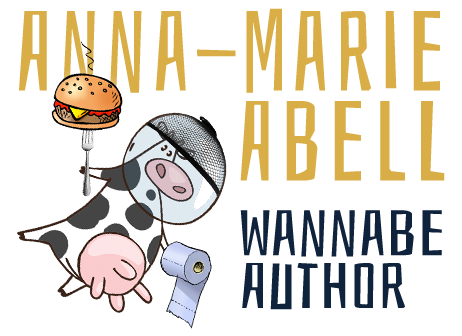






a plane